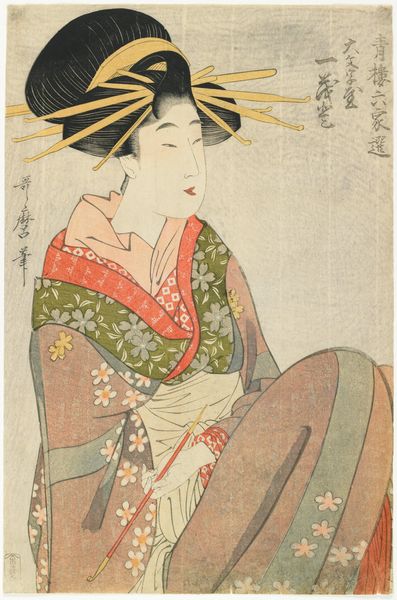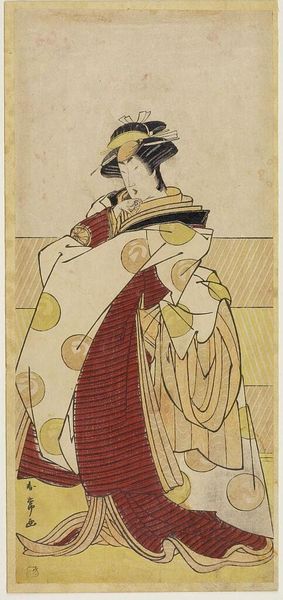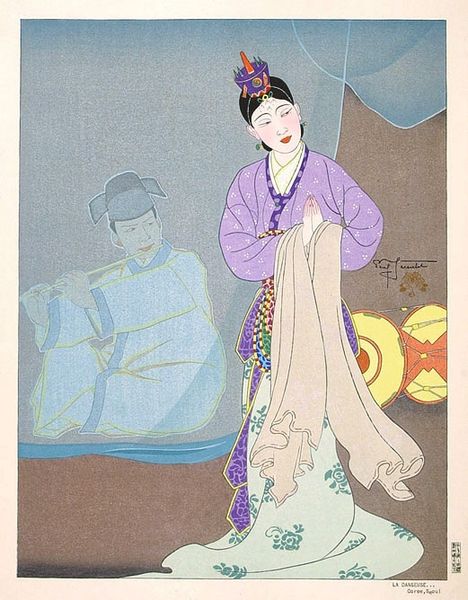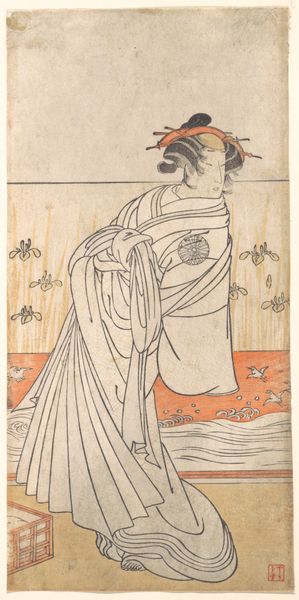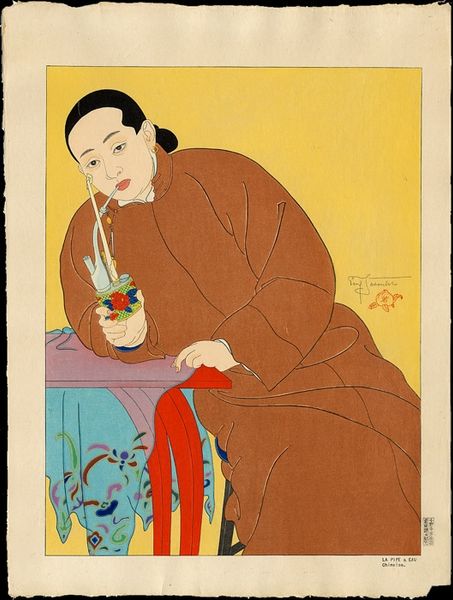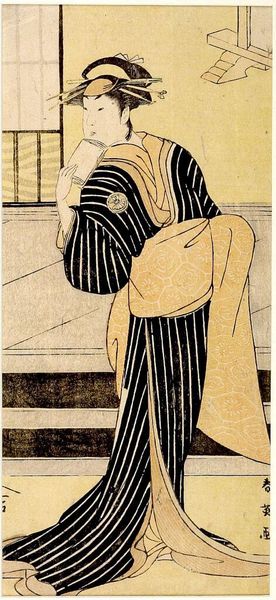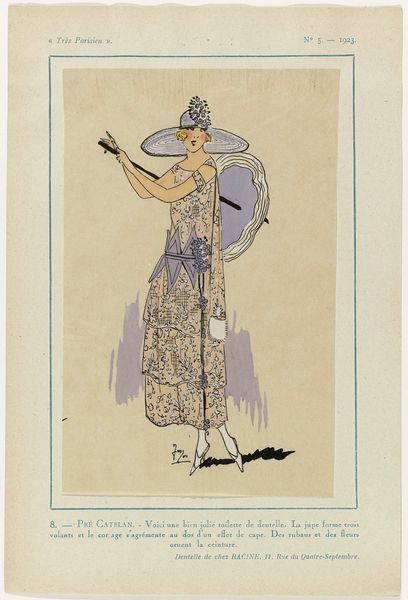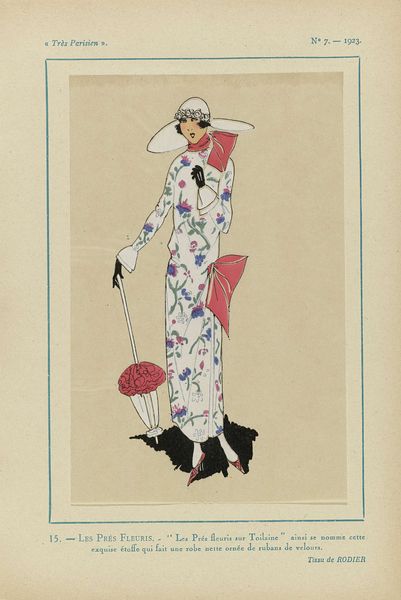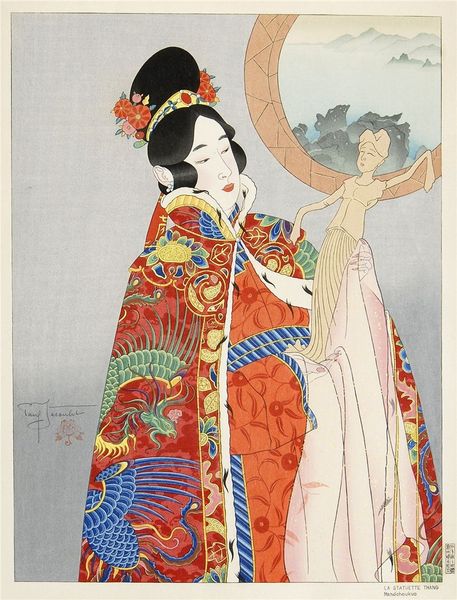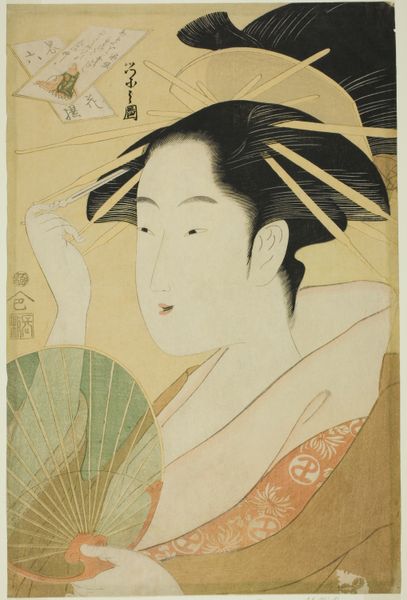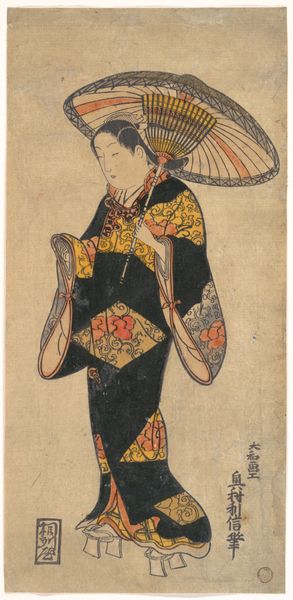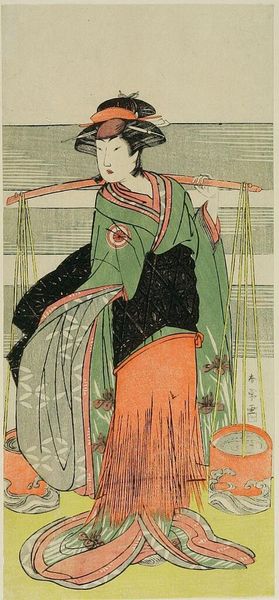
painting
#
portrait
#
art-deco
#
painting
#
figuration
#
mural art
#
oil painting
Copyright: Public domain US
Editor: Here we have Bernardo Marques’s “Sem Título,” created in 1922. It seems to be a painting, likely oil, and it just breathes Art Deco. The woman depicted has such an air of detachment. What do you see in this piece? Curator: I see a portrait deeply entrenched in the social and political currents of the 1920s. This image speaks to the rise of the "New Woman" – independent, stylish, and challenging traditional gender roles. The subject's attire, the angle of her pose, and even the title - or lack thereof – invites a layered interpretation through a feminist lens. Does the lack of title remove the possibility of the subject's identification, and what does this act suggest about that time's changing role of women and visibility of a more homogenous society? Editor: That's fascinating! The Art Deco style really emphasizes that modernism, I think. It feels deliberately sleek and perhaps even impersonal, you know? Curator: Exactly. Consider how Art Deco was often embraced by commercial culture, fashion, and advertising, reflecting a rapidly changing consumer society. This woman with the sleek outfit and the umbrella— what is it hiding? What is its significance and purpose, especially within a society on the cusp of such dynamic evolution? Editor: So you're saying that Marques might be using the visual language of consumerism to explore female identity during this period? Curator: Precisely! She almost feels like an advertisement herself. Also, the glass sitting at the table appears to mock the subject - the empty nature, which gives the viewer a hint of possible internal turmoil and existential loneliness. We should question how identity and societal expectation affect one another, right? Editor: Wow, I never considered how the commercial context influenced the portrayal of women in art this way. Thank you. Curator: It is only by acknowledging this portrait as part of a larger conversation on gender, societal progress and personal struggle that the message becomes clear and more vivid.
Comments
No comments
Be the first to comment and join the conversation on the ultimate creative platform.

